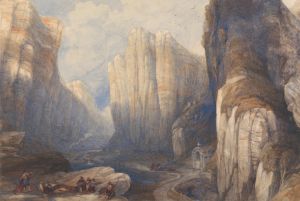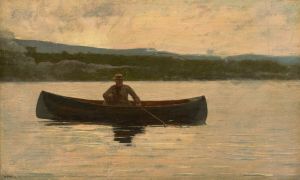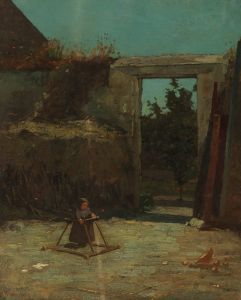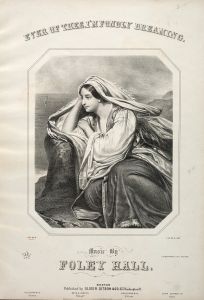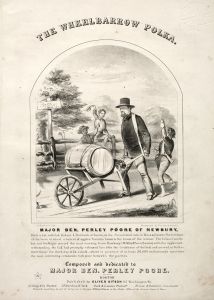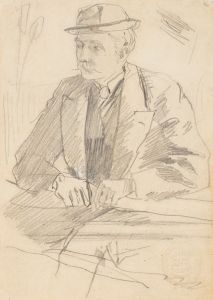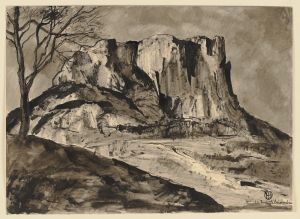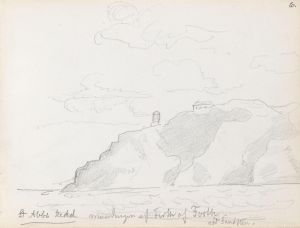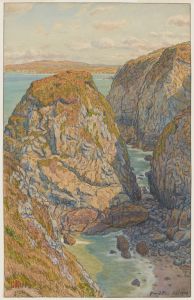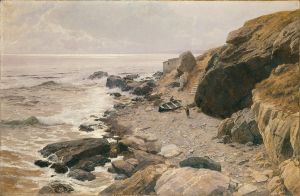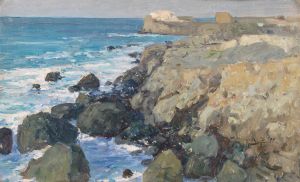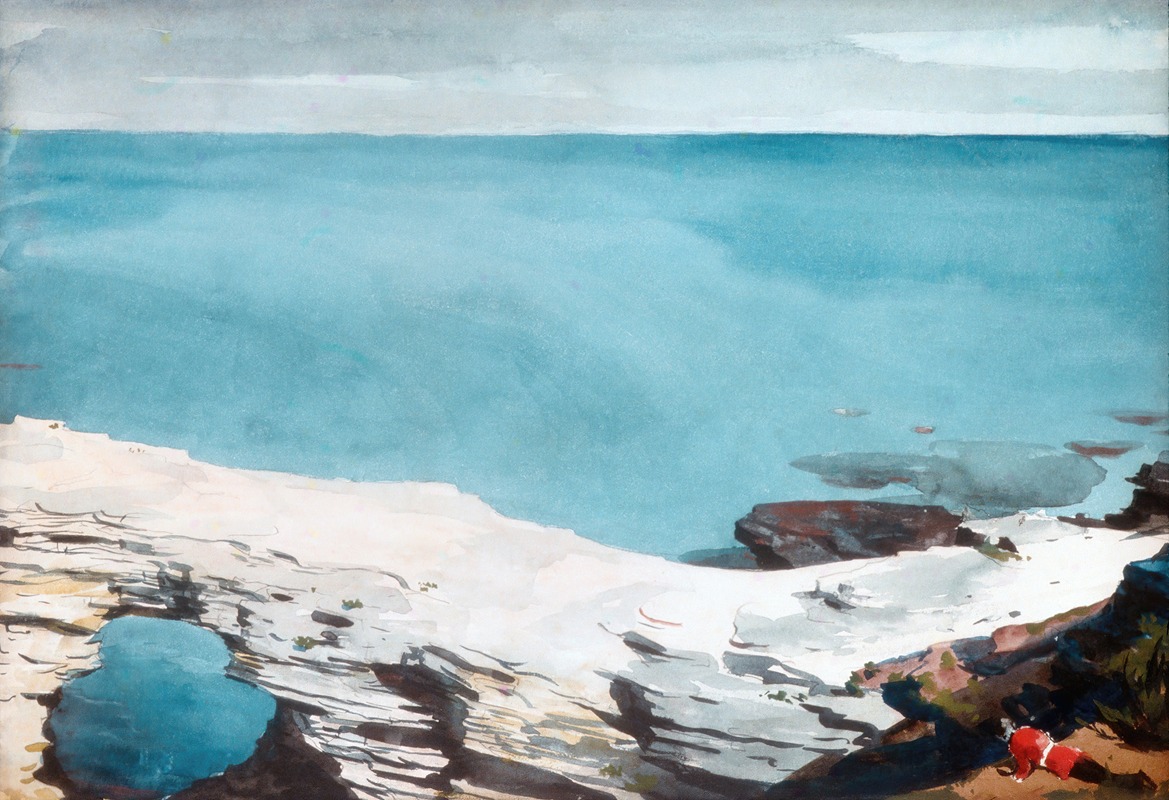
Natural Bridge, Bermuda
A hand-painted replica of Winslow Homer’s masterpiece Natural Bridge, Bermuda, meticulously crafted by professional artists to capture the true essence of the original. Each piece is created with museum-quality canvas and rare mineral pigments, carefully painted by experienced artists with delicate brushstrokes and rich, layered colors to perfectly recreate the texture of the original artwork. Unlike machine-printed reproductions, this hand-painted version brings the painting to life, infused with the artist’s emotions and skill in every stroke. Whether for personal collection or home decoration, it instantly elevates the artistic atmosphere of any space.
"Natural Bridge, Bermuda" is a watercolor painting by the American artist Winslow Homer, created in 1901. The artwork depicts a natural limestone arch located in Bermuda, a British Overseas Territory in the North Atlantic Ocean. This painting is one of several works Homer produced during his visits to Bermuda, where he traveled in search of inspiration and to capture the island's unique landscapes and light.
Winslow Homer (1836–1910) is widely regarded as one of the most significant figures in American art, known for his masterful watercolors and oil paintings that often depict scenes of nature, maritime life, and rural America. His time in Bermuda marked an important period in his career, as he explored the interplay of light, water, and natural forms in his work. The island's tropical environment and dramatic coastal scenery provided Homer with a fresh perspective and new subject matter.
The painting "Natural Bridge, Bermuda" showcases Homer's skill in watercolor, a medium he increasingly favored later in his career. The composition captures the rugged beauty of the natural bridge, with its weathered limestone structure surrounded by the turquoise waters of the Atlantic Ocean. Homer's use of transparent washes and precise brushwork conveys the texture of the rock formation and the clarity of the surrounding water. The painting reflects his ability to depict the natural world with both realism and a sense of atmospheric depth.
The natural bridge depicted in the painting was a well-known landmark in Bermuda during Homer's time. However, the structure no longer exists, as it collapsed in the early 20th century due to natural erosion. Homer's painting thus serves as a historical record of this once-prominent geological feature.
"Natural Bridge, Bermuda" is part of the collection of the Art Institute of Chicago, where it is preserved and displayed as an example of Homer's mature watercolor technique and his exploration of tropical landscapes. The painting is celebrated for its vibrant colors, dynamic composition, and the artist's ability to capture the essence of Bermuda's natural beauty.
Homer's works from Bermuda, including "Natural Bridge, Bermuda," are considered significant contributions to his oeuvre, demonstrating his continued innovation and mastery of watercolor. These paintings also reflect his broader interest in the relationship between humans and the natural environment, a recurring theme throughout his career.





